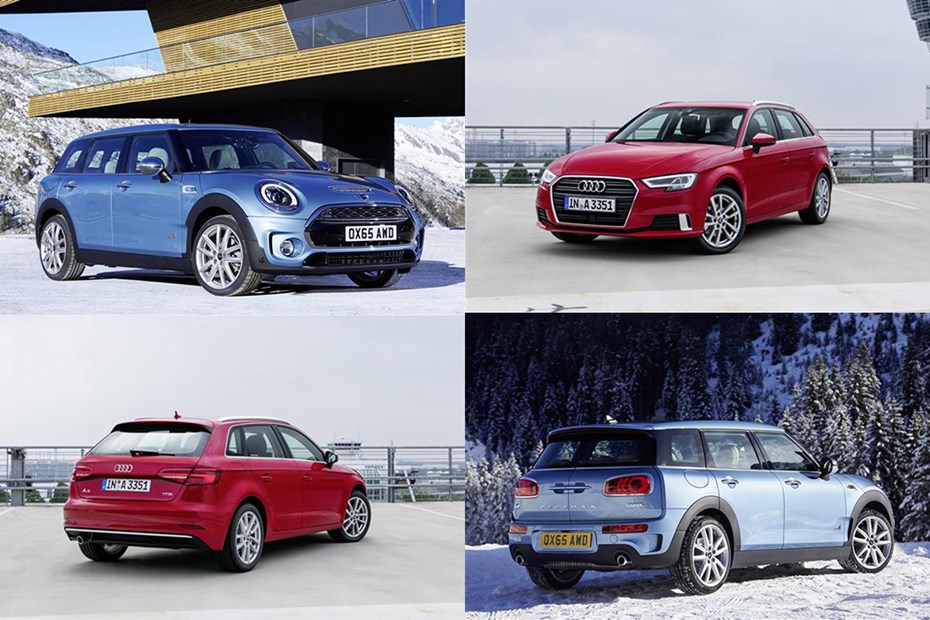For company-car drivers the medium-sized hatchback needs to be a jack-of-all trades. A comfortable, economical cruiser in the week, and a practical, enjoyable drive at the weekend.
Audi has long been a major contender in this market, with the original A3 five-door launched in 1999. MINI, on the other hand, is a relative newcomer – only adding larger models to its range in 2010.
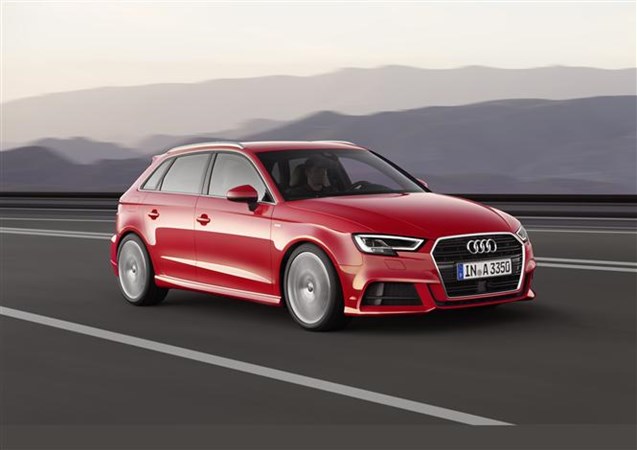
Both cars score highly in our Parkers road tests, but how does each model fare as a company car proposition? Let’s find out.
The cars
We’ve selected the engine and trim specifications that offer the best balance of performance and low-BIK tax, while maintaining an adequate level of standard equipment.
MINI Clubman 1.5 One D
Audi A3 Sportback 1.6 TDI SE Technik
Audi also makes a hybrid version of the A3 which, on paper at least, appears a viable company car option. The A3 E-Tron is powered by a 1.4-litre petrol engine and a separate electric motor, attracting a company tax rate of just £42 a month. However, with a P11D price of up to £14,000 more than the 1.6-litre diesel, company car fleet managers may be unwilling to make the extra initial outlay.
For more information on other engine and trim options make sure you check out our Audi A3 Sportback and Mini Clubman reviews.
Practicality
Pick either car and you won’t feel short-changed for space. There’s room for three rear-seat passengers in both the MINI and Audi, and they also sit at the top of their class when it comes to luggage capacity.
Minimal wheelarch intrusion helps give the Audi 365 litres of boot space with the rear seats up and 1,100 litres with them folded down. The Clubman though has an extra 12mm of overall length on its side, so while seats up capacity is five litres less than the A3, fold them down and an impressive 1,250 litres is available. Three-part split-folding rear seats can also be specced on both cars.
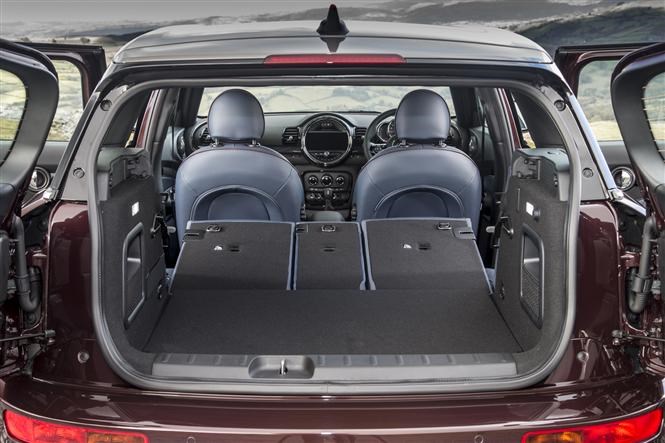
Accessing the MINI’s boot is super-easy thanks to its unique split rear doors. Open them up and they reveal a usefully wide load bay; one which you can access without the danger of hitting your head on a top-hinged tailgate. For even greater convenience, the optional Comfort Access pack allows the doors to be opened with a simple kicking motion under the rear bumper – useful if you’re struggling to carry children or luggage.
There are no such thoughtful features on the A3 unfortunately. So while the Audi majors in conventional practicality, the MINI’s split doors give it the edge here.
Winner: MINI Clubman
Performance
Neither car will be breaking any speed records, though their small, efficient diesel engines make both exempt from road tax.
There’s very little to split the two economy-wise, the MINI edging it at 74mpg compared with the Audi’s 72mpg. Take into account the Audi’s larger fuel tank however and potential range swings back in its favour – 792 miles to the MINI’s 781.
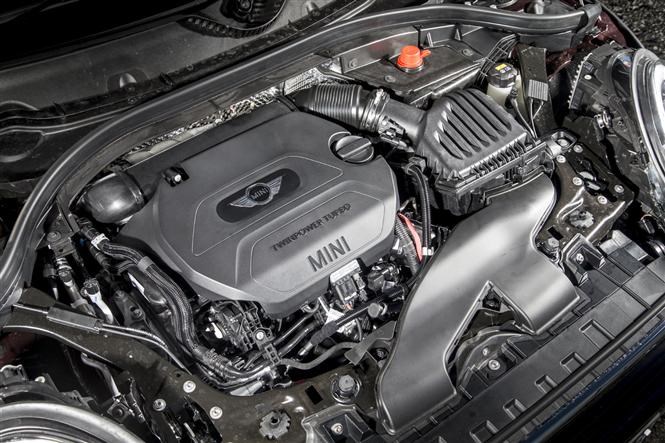
Accelerate from a standstill to 62mph in either car and, once again, you’ll be hard-pressed to tell the difference. This is unsurprising as both cars manage the sprint in 10.7 seconds.
In terms of handling the A3 makes a strong case with excellent grip levels and minimal body lean when cornering. Ride quality is also excellent, while superior cabin refinement puts its ahead of the MINI when it comes to overall comfort.
Although the Clubman’s handling certainly isn’t as pin-sharp as we’ve come to expect from modern MINIs, it’s still impressive. Steering weight and grip are excellent, and, although it’s no Cooper S in the corners, the Clubman is still great fun to drive.
Winner: Mini
Kit
Neither brand is known for offering exemplary levels of standard kit, although both cars do get a DAB radio, hands-free Bluetooth, sat-nav and cruise control as standard. Despite being in its base spec, the Clubman also comes with automatic headlights, rain-sensing windscreen wipers and adaptive cruise control – the latter maintaining a safe distance behind the car in front up to a pre-set speed.
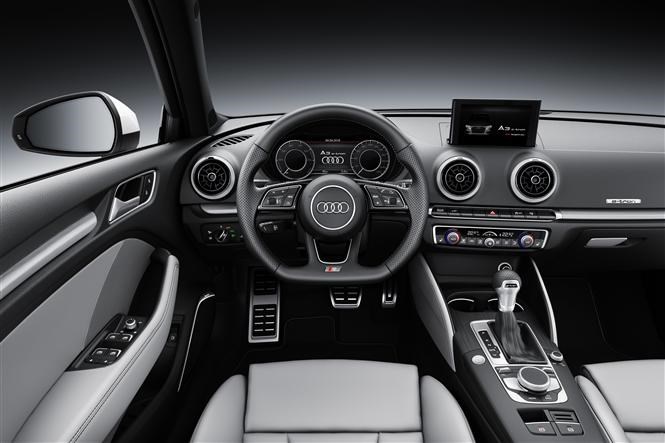
The Audi, meanwhile, offers a few gadgets of its own with rear parking sensors, xenon lights and internet access (free for three months) all coming as standard on the SE Technik.
Winner: Tie
Tax
As seen in the table below, the Clubman’s P11D price is £860 less than the A3 Sportback’s. This only translates into a £2 saving per month or £24 saving per year, though.
CO2 P11D Monthly cost
Audi A3 99g/km £22,180 £70*
Mini Clubman 95g/km £21,320 £68*
Winner: Mini
And the overall winner is: Mini Clubman… Just
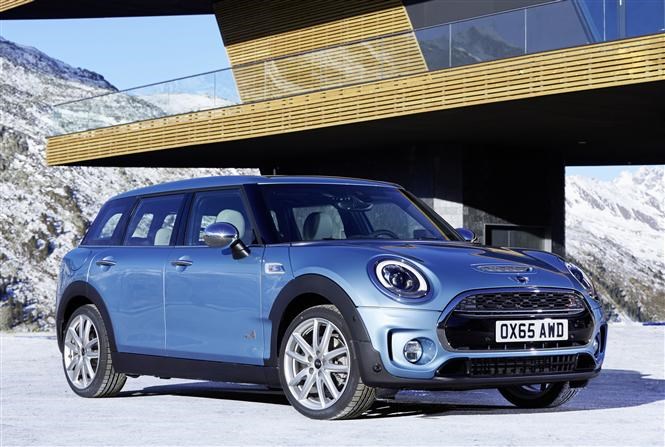
As a company car proposition there’s very little to choose between the two cars. The Audi is a more agreeable long-distance cruiser and has some useful standard kit including rear parking sensors and built-in internet access. Plus, for those who value Audi prestige, the four-ringed badge is available for just £2 per month more than the MINI.
Take this out of the equation and the MINI has greater practicality, more enjoyable handling and comes in fractionally cheaper. So unless you value ride comfort and the prestige of an Audi badge over everything else, the Clubman One D is the one to go for here.
Battle of the large hatchbacks: Ford Mondeo vs Skoda Superb
Is diesel still the best option for company car drivers?
The cash vs company car debate
Petrol vs diesel – performance vs economy
Guide to reclaiming business mileage
*Monthly tax costs are based on the current 2016/17 tax year for a 20 percent taxpayer.



